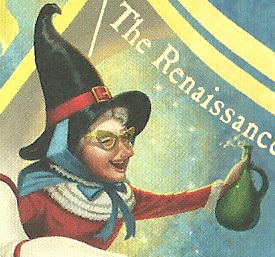
According to the Morgan Library and Museum, which holds the manuscript, this title “seems to have been a traditional term for such stories in France.” However, the earliest extant manuscript for the collection is dated 1695 and contains only “Sleeping Beauty,” “Little Red Riding Hood,” “Blue Beard,” “Puss in Boots,” and “The Fairies.” Notably, it also wasn’t titled Histoires ou contes du temps passé, avec des moralités instead, it was called Contes da ma mere l’Oye-or, Tales of Mother Goose. Containing eight tales-“La belle au bois dormant” (“The Sleeping Beauty in the Wood”), “Le petit chaperon rouge” (“Little Red Riding Hood”), “La Barbe bleüe” (“Blue Beard”), “Le Maistre Chat, ou le Chat Botté” (“The Master Cat, or Puss in Boots”), “Les Fées” (“The Fairies,” also sometimes known as “Diamonds and Toads”), “Cendrillon, ou la petite pantoufle de verre” (“Cinderella, or The Little Glass Slipper”), “Riquet à la Houppe” (“Ricky of the Tuft”), and “Le petit Pouçet” (“Little Thumb,” known more commonly as “Hop o’ My Thumb”)-this volume was published in French for the first time in 1697. The fictional personage now known as Mother Goose originated in the volume of French literary fairy tales Histoires ou contes du temps passé, avec des moralités, or Stories or Tales from Times Past, with Morals, collected and published by Charles Perrault in the late 17th century.

Ma Mere de L’Oye, or, the Original Mother Goose Antoine Clouzier, Public domain, via Wikimedia Commons Here’s the history of Mother Goose, from her French origins to her English translation and beyond. The good news, though, is that the story of how the character came to be-and, more importantly, how she became such an iconic figure-is a truly fascinating tale. It does, however, prompt a highly specific question: Was Mother Goose a real person?įor anyone who was hoping that Mother Goose did actually exist at one point, alas, here’s some bad news: Unlike Granny Smith, Mother Goose is not, and never has been, a real person.

What do you think of when you hear the phrase “Mother Goose?” A kindly old woman telling stories to children by the fire? An actual goose with anthropomorphic qualities? Just an image of a book of nursery rhymes? Well, no matter what comes to mind, you’re undoubtedly familiar with the phrase.


 0 kommentar(er)
0 kommentar(er)
